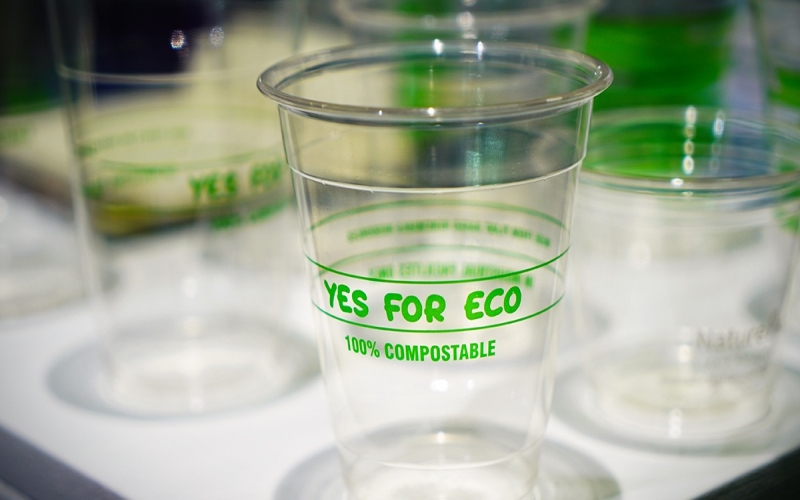With growing environmental concerns regarding plastic pollution and sustainable alternatives, cellulose plastics have come to the forefront as a promising solution. Cellulose plastics are derived from cellulose biomass and offer a green alternative to traditional petroleum-based plastics.
What are Cellulose Plastics?
Cellulose plastics, also referred to as bioplastics, are a category of plastics derived from renewable plant matter rather than petroleum or natural gas. Cellulose, the most abundant organic polymer on Earth, forms the basic structural component of the primary cell wall of green plants. It is extracted from the cell walls of plants and further processed or chemically modified to produce cellulose plastics. Common sources of cellulose include wood pulp and agricultural residues like straw. In this article, we explore the exciting potential of Cellulose Plastics Market and examine factors driving their adoption.
Key Types of Cellulose Plastics
There are several types of cellulose plastics differentiated based on the processes and reagents used for their production:
Cellulose Acetate: Produced by treating cellulose with acetic anhydride, cellulose acetate was one of the earliest commercial cellulose plastics. It exhibits properties similar to polyvinyl chloride (PVC) and is used in fabrics, films, molded products, and fibers.
Cellulose Ethers: Formed by reacting cellulose with alkyl or aryl groups in the presence of a strong base. Common cellulose ethers include methylcellulose, carboxymethyl cellulose, and hydroxypropyl cellulose which find niche applications.
Microfibrillated Cellulose: Derived from the nano-scale fibrillated cellulose fibers obtained via mechanical or chemical treatment of cellulose pulp or plant matter. MFC exhibits enhanced strength and is being explored for new composite materials.
Cellulose Esters: Synthesized when cellulose reacts with esterifying agents. Examples include cellulose acetate phthalate and cellulose acetate butyrate used in pharmaceutical coatings, tapes, and thermoforming plastics.
Advantages of Cellulose Plastics
The key benefits of cellulose plastics over petroleum-derived plastics include:
Renewability: Cellulose is a Biopolymer that is abundantly and sustainably sourced from plant biomass making it renewable unlike fossil fuel resources.
Biodegradability: Most cellulose plastics are compostable or biodegradable, thus addressing concerns over plastic pollution.
Lower Carbon Footprint: With renewable sourcing, cellulose plastics exhibit much lower lifecycle greenhouse gas emissions and energy consumption compared to petroleum plastics.
Performance Compatibility: Certain types of cellulose plastics offer material properties and performance compatibility to substitute many conventional commodity plastics.
Potential Applications of Cellulose Plastics
With their unique sustainability attributes, cellulose plastics offer solutions across industries from packaging to textiles to automotive:
Packaging Applications: Cellulose plastics are highly suitable for packaging food, pharmaceuticals, electronics etc. replacing plastic films, molded containers, coated paper etc.
Textiles: Fibers made from cellulose acetate and other types are gaining popularity in apparel and home textiles due to their cotton-like feel and biodegradability.
Automotive: OEMs are introducing cellulose plastics into interior and exterior automotive parts to reduce weight and emissions while being eco-friendly.
3D Printing: Advances in processing have enabled production of high-quality filaments for 3D printing from cellulose plastics.
Market Factors and Challenges
Though offering sustainability advantages, cellulose plastics are yet to achieve widespread adoption due to some technological and economic challenges:
Production Capabilities: Large-scale economic production of cellulose plastics requires further innovations and investments in biorefinery infrastructure.
Material Properties: Certain types of cellulose plastics may lack properties matching all conventional plastics, limiting direct drop-in substitution.
Price Competitiveness: Petroleum-derived plastics enjoy economies of scale giving them pricing edge over emerging bio-alternatives like cellulose plastics currently.
Standardization: Lack of standards and certification frameworks specific to bio-based and biodegradable materials like cellulose plastics poses challenges.
However, with supportive government policies and initiatives, growing environmental awareness among consumers as well as continuous R&D by manufacturers, cellulose plastics are poised for significant future market growth. For more details on the global market potential and projections, please refer to the research report published on Coherent Market Insights.
Market Outlook
The global market for cellulose plastics is expected to witness strong growth over the coming years driven by rising sustainability priorities. North America and Europe currently dominate the cellulose plastics market owing to stringent regulations and consumer demand for eco-friendly products. However, Asia Pacific is emerging as a high growth market aided by policy support for adoption of bio-based materials in China, India, Indonesia and other nations. Sustained innovation in cellulose plastics technology, favourable policy push for circular bioeconomy and growing environmental stewardship among public and private entities are projected to further accelerate market expansion.


